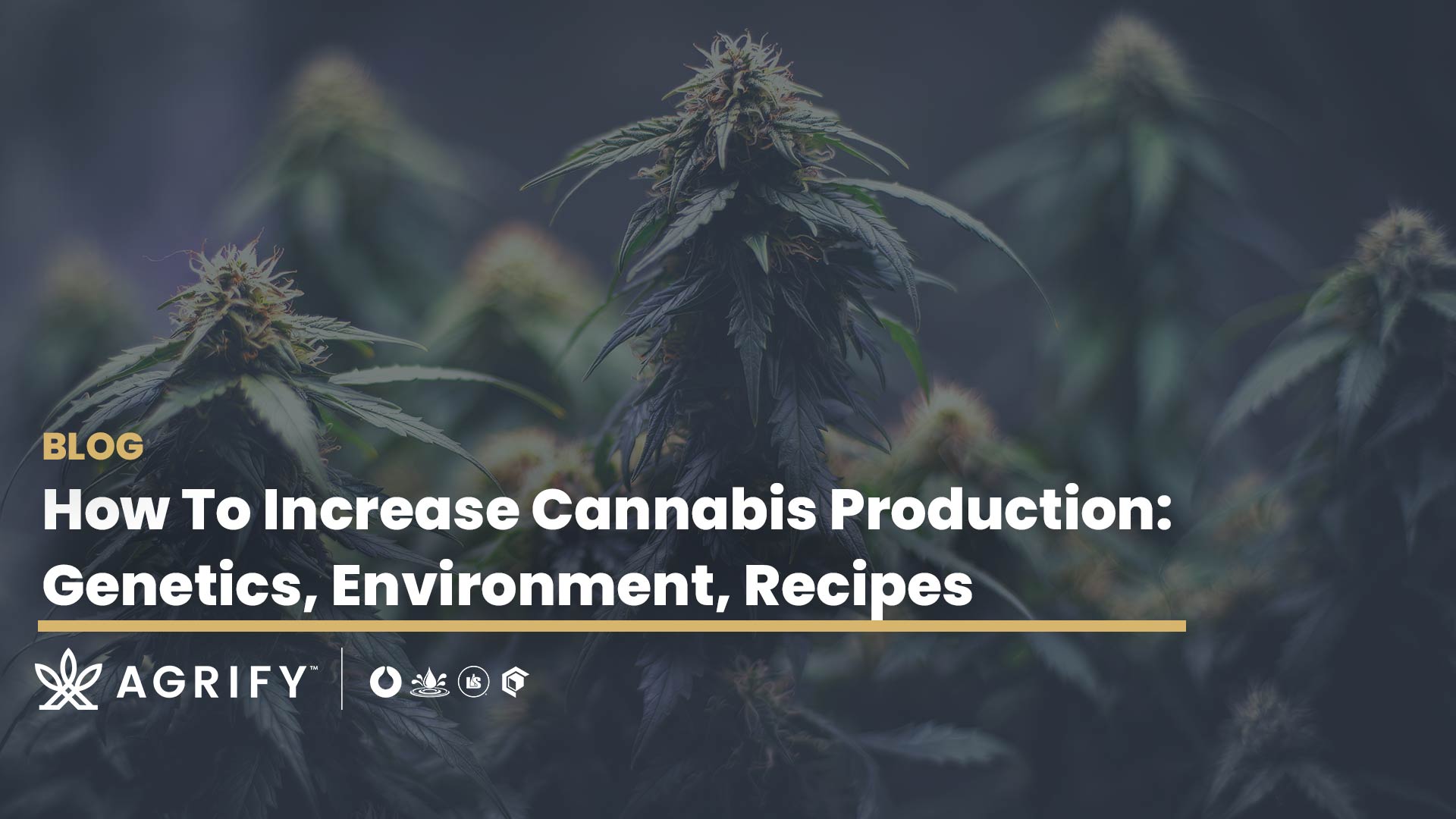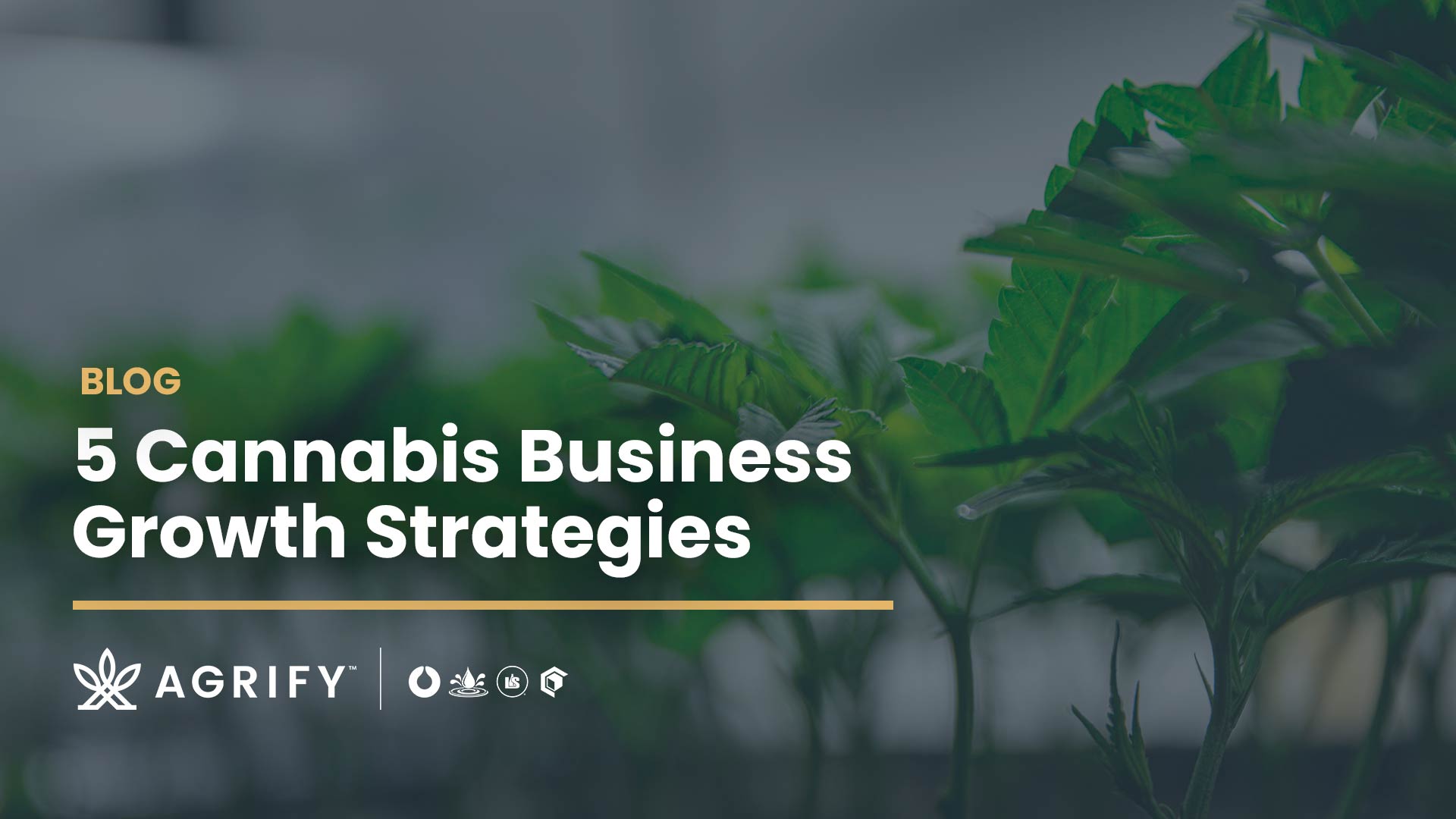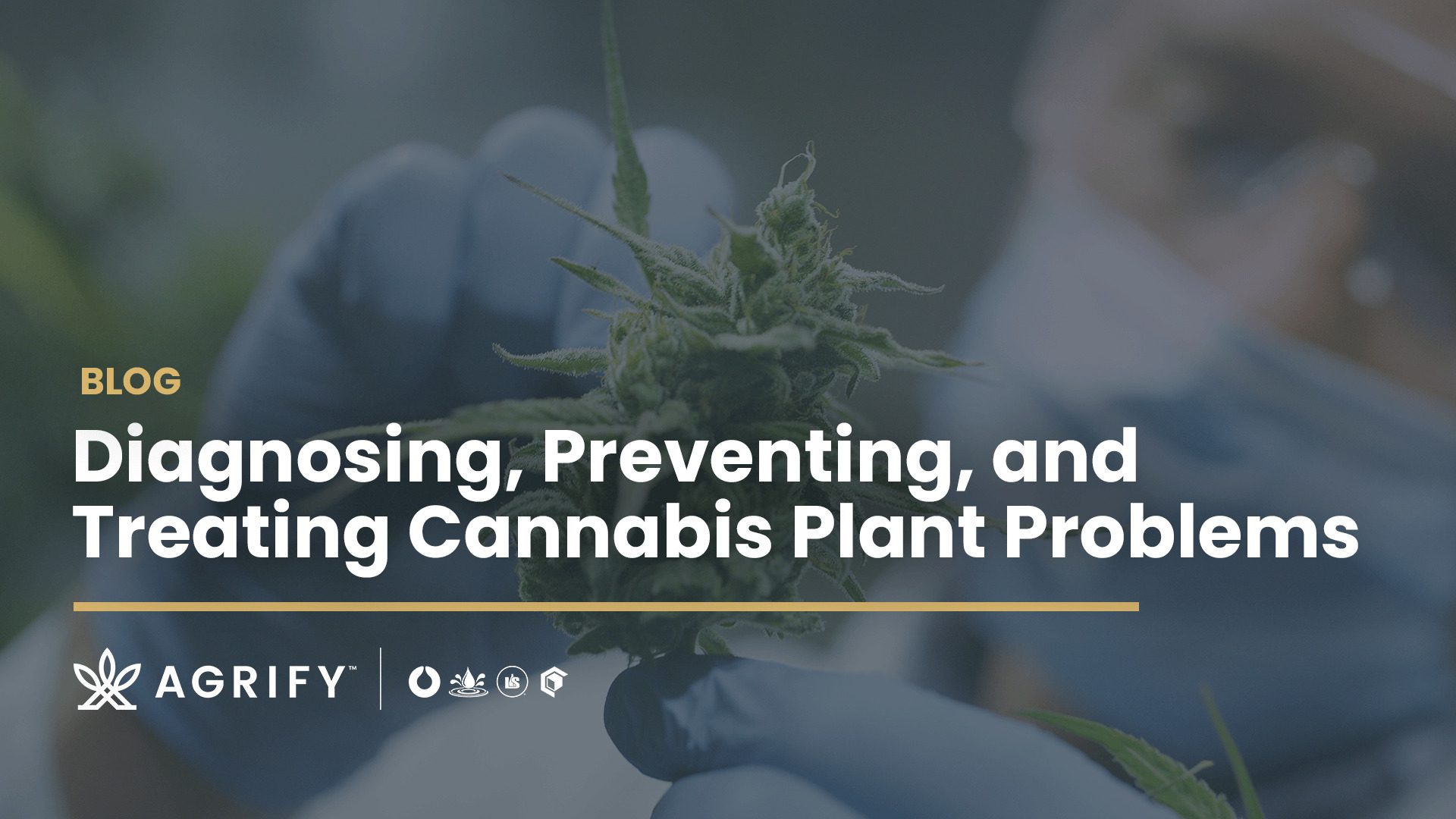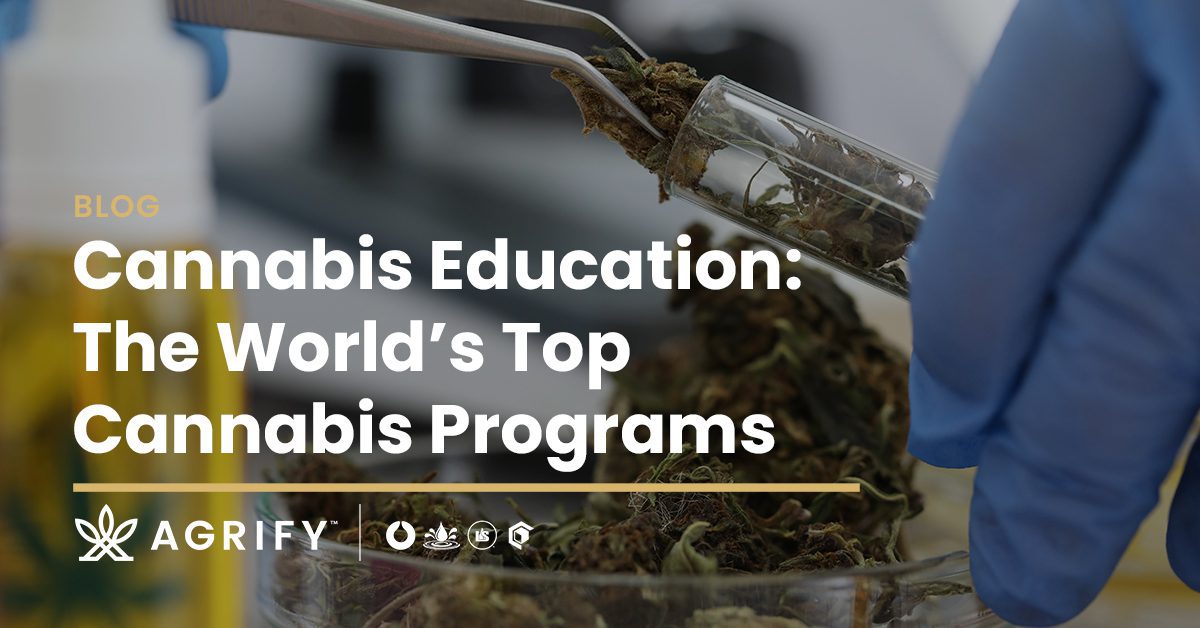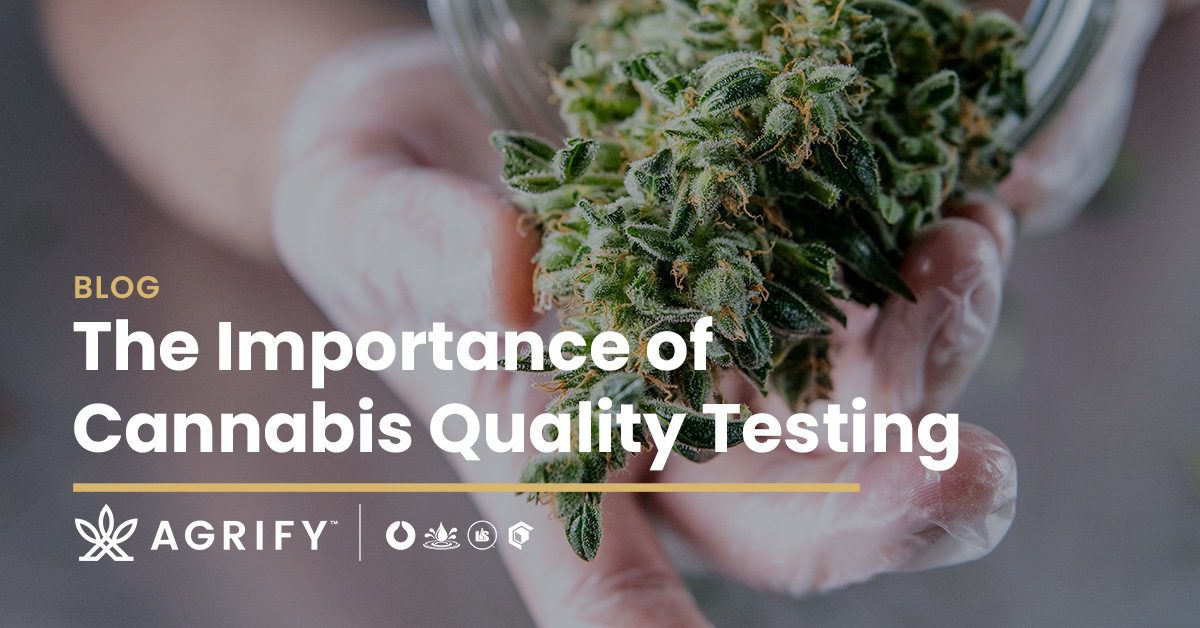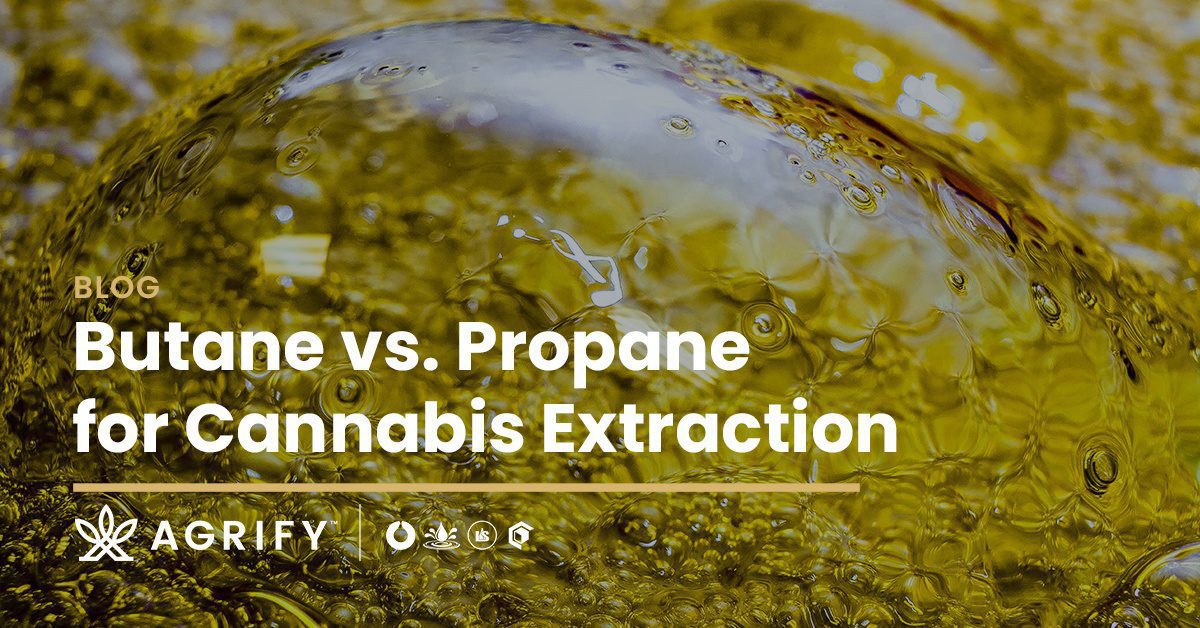The perfect indoor grow environment for cannabis cultivation is the topic of endless debate. Cultivators have been tinkering with humidity, temperature, lighting, and other climate variables for decades, trying to dial in the optimal conditions to increase yields, potency, and profits.
As cannabis transitions from the realm of backrooms and black markets into a viable commercial commodity, the ideal environment has never been more salient. As the parameters of the indoor environment predict morphological and phytochemical development, growers must master indoor climate conditions to consistently reach desired outcomes.
Cultivators and horticultural scientists aren’t flying by the seat of their pants to achieve perfection. Perfection in commercial cannabis cultivation is driven by data.
The Elements of the Grow Room Environment
Indoor growers recreate natural outdoor growing conditions to foster healthy, productive growth. The cultivator is responsible for all environmental inputs and climate controls, including but not limited to irrigation, nutrients and minerals, lighting, temperature, and humidity.
Like the seasonal changes happening outside, the indoor environment also shifts throughout each stage of growth— propagation, vegetative, and flower. Cannabis requires slight adjustments to each element as it matures and eventually flowers.
What are the ideal climate conditions for each of these stages? The fundamental environmental ranges are as follows:
Propagation
- Temperature 65 – 70 °F (16 – 21 °C)
- Humidity Range 50 – 70%
- CO2 400 PPM
- Light Schedule: 18 Hour cycle
Vegetative
- Temperature: Daytime 76 – 78°F (24.4 – 25.5 °C), Nighttime 65 – 68°F (18.3 – 20°C)
- Humidity Range: 50 – 75%
- CO2 700 – 1,200PPM
- Light Intensity: 600 – 900 μmols
- PH Range: 5.8 – 6.3
- EC Range: 1.5 – 2.5
- Light Schedule: 18 Hour Cycle
Flower
- Temperature: Daytime 72 – 85°F (22.2 – 29 °C), Nighttime 55 – 70°F (12.7- 21.1 °C )
- Humidity Range: 45 – 60%
- CO2 400 – 1,500PPM
- PH range: 5.8 – 6.2
- EC Range: 2 – 2.5
- Light Schedule: 12 Hour Cycle
These basic growing conditions are widely available through online resources. Still, as a commercial grower, these simple guidelines are not nearly accurate nor detailed enough to drive a consistent final product.
The Complexities of the Grow Room Environment
Indoor cultivation of any crop, but especially cannabis, isn’t as simple as hitting 60% RH in veg with daytime temperatures between 76 to 78 °F.
Firstly, even cannabis plants with the same genetics grown under slightly different environmental conditions will produce different results. Clones with the same morphological structure will generate interesting phenotypic responses when provided different inputs. A little bit hotter in vegetative, a tighter dry back in flower, or another minor adjustment will impact the flower harvested.
Secondly, the growing environment is an enclosed one. Therefore, making adjustments with one element impacts the greater environment. For example, increasing the room temperature increases the transpiration rate, leading to higher humidity levels. High RH plays into disease risk and efficient nutrient uptake.
Environmental fluctuations play into one another and lead to morphological and phytochemical variations. But if cannabis is to become a true commodity, growers must figure out how to produce a consistent product with every batch. Like any other consumer product, cultivators must reign in these inconsistencies.
The Secret Grow Room Formula: Data-Driven Control
The perfect grow environment for cannabis is a myth.
Each cultivar has different needs, which will change throughout its development. Growers also have different goals, which will impact the environmental conditions.
Yes, there are ideal parameters within which cannabis plants grow, but there is no one-size-fits-all recipe for every strain, every grower, and every facility.
If we work from this understanding, it’s still possible to perfect the indoor environment to push plants to achieve full genetic potential — within any facility.
To accomplish this, and do so consistently, growers must have precise control over the grow room environment. The secret to this control? A data-driven grow room.
With grow room data, growers learn exactly what each cultivar needs and how each environmental element plays into that need. Using the methodology and evidence-based techniques from controlled environment agriculture combined with data-driven analytics tools, cannabis cultivators are dialling in the grow room environment in unprecedented ways.
Agrify: Optimising the Indoor Grow Room
Using AI-powered grow rooms, Agrify is making it possible to conduct controlled cultivar experiments, make precise adjustments towards specific end goals, and then easily replicate these successes.
With Agrify’s Vertical Farming Units (VFUs), it’s possible to create strain-specific microclimates, even within a commercial-scale facility. Integration with Agrify Insights pulls up 1.5 million points of data per VFU for unprecedented crop intelligence. As a result, Agrify promises better crop monitoring, crop control, and consistency.
